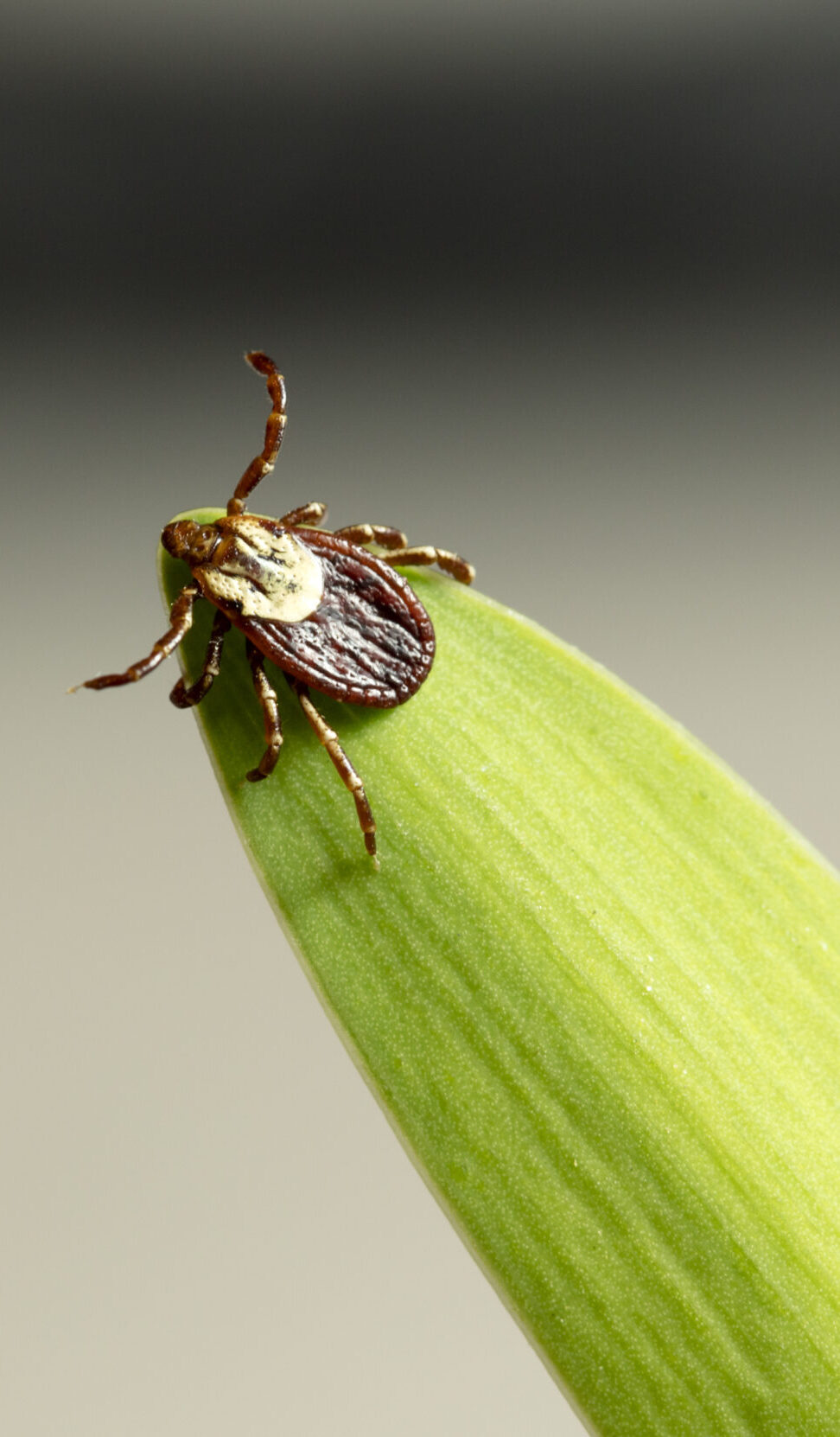
Ticks
In Florida, we generally deal with five different types of ticks which are blacklegged ticks, lone star ticks, American dog ticks, gulf coast ticks, and argasid ticks. Ticks are known to suck the blood of many different types of animals such as humans, rodents, cattle, and even lizards. These insects are vectors for different diseases which can cause serious problems for those affected.
How to Remove a Tick That Is Feeding
To remove a tick, grasp it with on its mouthparts with tweezer and pull it straight out with firm pressure. After removal you can use a flame to kill the tick.
How To Avoid Tick Bites and Diseases
- Remove ticks as soon as they are noticed on pets or people
- In areas known to have ticks present, keep clothing buttoned and tucked in, including placing pants inside boots
- Apply insect repellents to uncovered skin
- Avoid touching plants in tick-infested areas
- Clear brush along pathways and frequented areas
- Inspect for ticks frequently if you live in an area prone to ticks
- Have your pets placed on a flea and tick medication
